Growth in Automotive Applications
The automotive sector is increasingly adopting low light imaging technologies, which serves as a significant driver for the Low Light Imaging Market. Advanced driver-assistance systems (ADAS) rely on low light imaging for functionalities such as night vision and pedestrian detection. As safety regulations become more stringent, the demand for these technologies is expected to rise. The automotive imaging market is anticipated to grow at a CAGR of 12% from 2025 to 2030, driven by the integration of low light imaging systems in vehicles. This growth reflects a broader trend towards enhanced safety features in automobiles, positioning the Low Light Imaging Market as a critical component of future automotive innovations.
Emerging Applications in Healthcare
Emerging applications of low light imaging in the healthcare sector are contributing to the growth of the Low Light Imaging Market. Technologies such as fluorescence imaging and low light endoscopy are gaining traction for their ability to provide high-resolution images in challenging lighting conditions. These applications are particularly valuable in surgical procedures and diagnostics, where visibility is crucial. The healthcare imaging market is projected to expand significantly, with low light imaging technologies playing a pivotal role. As healthcare providers seek to improve patient outcomes through advanced imaging techniques, the Low Light Imaging Market is likely to benefit from increased investment and innovation in this area.
Integration of AI and Machine Learning
The integration of artificial intelligence and machine learning technologies into the Low Light Imaging Market is transforming how images are processed and analyzed. AI algorithms can enhance image quality by reducing noise and improving clarity in low-light conditions. This capability is particularly valuable in sectors such as security and healthcare, where accurate imaging is critical. The market for AI-enhanced imaging solutions is expected to reach USD 5 billion by 2026, reflecting a growing trend towards intelligent imaging systems. Furthermore, machine learning can facilitate real-time image analysis, enabling faster decision-making in critical situations. Consequently, the Low Light Imaging Market is poised for growth as these technologies become more prevalent in imaging applications.
Increasing Security and Surveillance Needs
The rising demand for enhanced security and surveillance solutions is a key driver for the Low Light Imaging Market. As urbanization increases, the need for effective surveillance systems in public spaces, commercial establishments, and residential areas has become paramount. Low light imaging technologies are essential for monitoring in poorly lit environments, ensuring safety and security. The global market for video surveillance is projected to reach USD 75 billion by 2025, with a significant portion attributed to low light imaging capabilities. This trend indicates a robust growth trajectory for the Low Light Imaging Market, as stakeholders seek advanced solutions to address security challenges in various settings.
Technological Advancements in Imaging Sensors
The Low Light Imaging Market is experiencing a surge in technological advancements, particularly in imaging sensors. Innovations such as CMOS and CCD sensors have significantly improved the performance of low light imaging systems. These advancements enable higher sensitivity and better noise reduction, which are crucial for applications in security, surveillance, and automotive sectors. For instance, the market for CMOS sensors is projected to grow at a compound annual growth rate of 10% from 2025 to 2030. This growth is driven by the increasing need for high-quality imaging in low-light conditions, which is essential for various applications, including night vision and low-light photography. As a result, the Low Light Imaging Market is likely to witness enhanced product offerings that cater to these technological improvements.

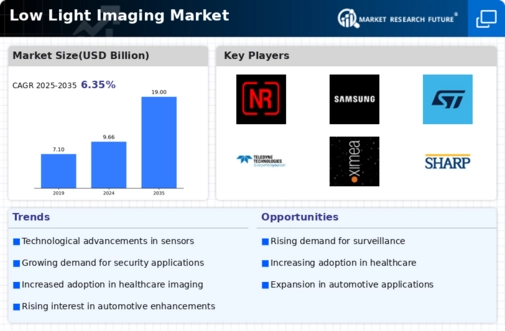
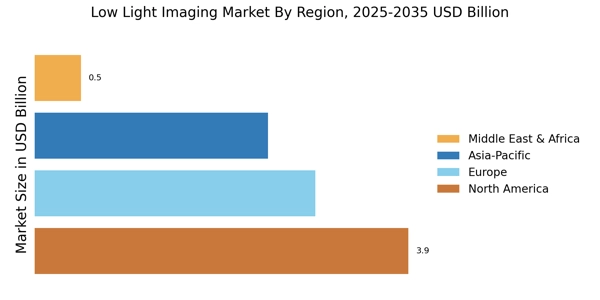
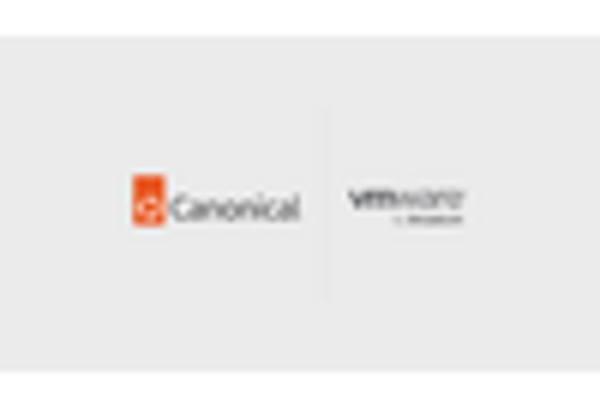
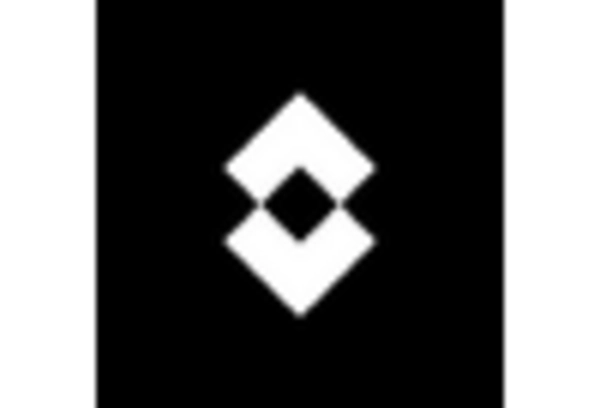

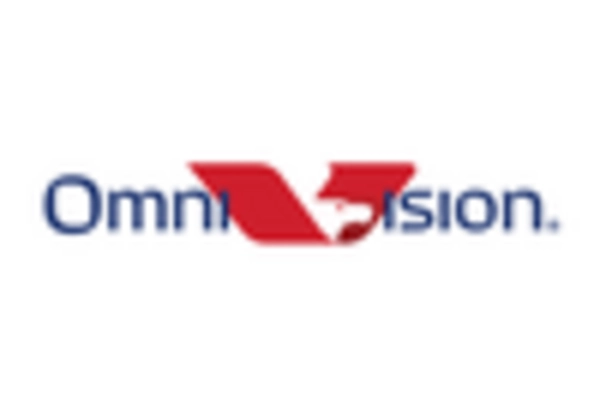










Leave a Comment